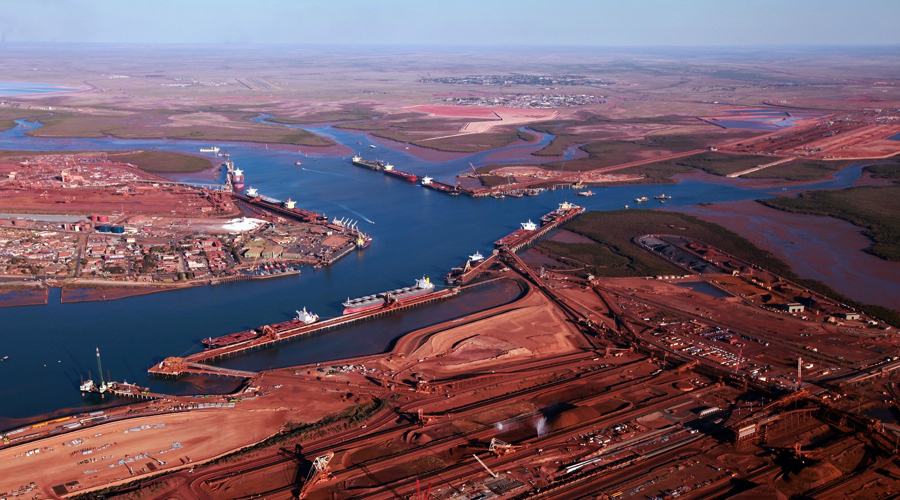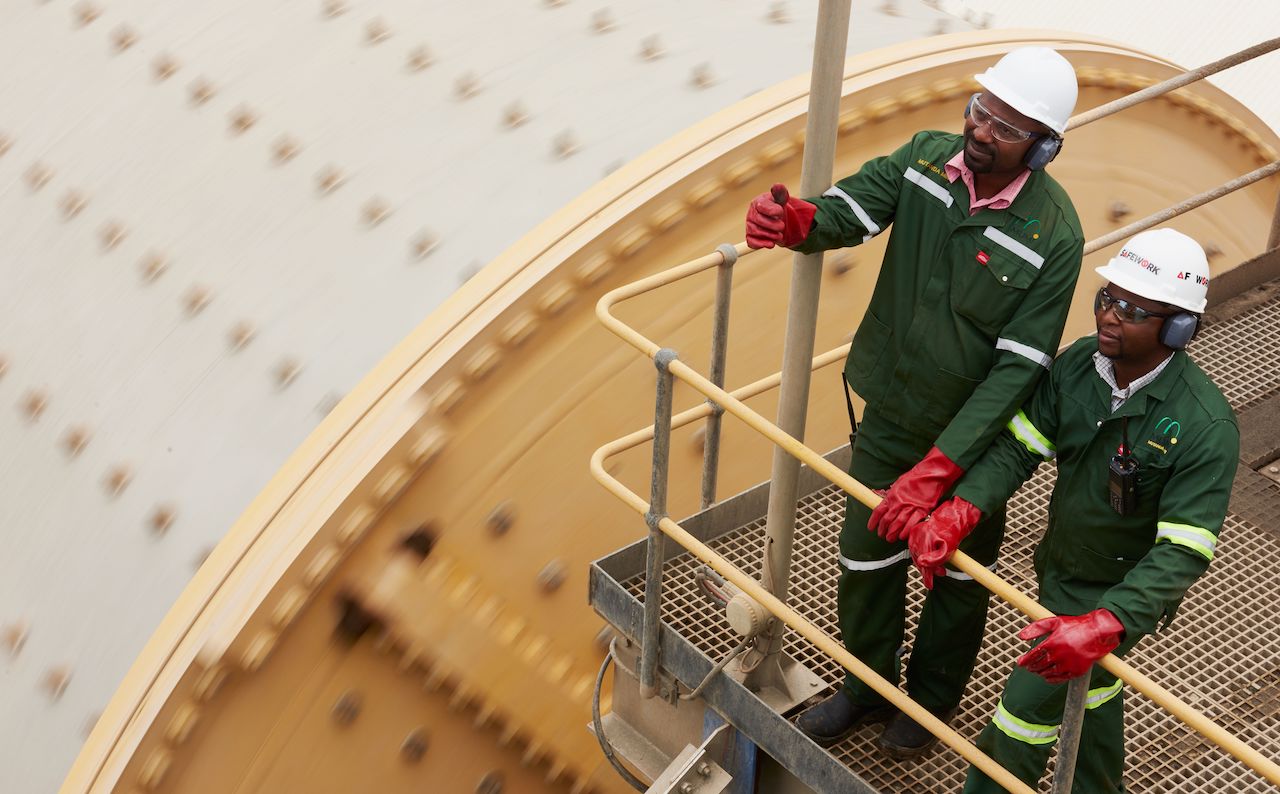Iron ore prices soar to 2016 high

Iron ore prices built on earlier gains this week, climbing to their highest levels in three months on Tuesday, amid seasonal restocking by China’s steel mills following the lunar New Year holiday and signs of decreased supply.
Iron ore with 62% iron content for delivery to China at the port of Qinqdao rose to $46.78 a ton, its highest level since mid-November, data from The Metal Bulletin Iron Ore Index shows.
Prices for the steelmaking raw material declined to a near decade low of $37 at the end of last year, but after today’s advance it’s firmly back in a bull market, generally defined as a more than 20% move from a low.
Output from Brazil has been affected by the closure last November of the Samarco mine, a joint venture between the world’s biggest iron ore miner Vale (NYSE:VALE) and the No. 1 mining company BHP Billiton (ASX:BHP), following a dam burst.
 And there are more supply cuts expected soon, especially as world’s number five diversified miner — Anglo American (LON:AAL) — said Tuesday it will extract itself, over time, from its iron ore business, including its Kumba unit in South Africa and its Minas-Rio project in Brazil.
And there are more supply cuts expected soon, especially as world’s number five diversified miner — Anglo American (LON:AAL) — said Tuesday it will extract itself, over time, from its iron ore business, including its Kumba unit in South Africa and its Minas-Rio project in Brazil.
Those factors combined, however, are unlikely to push iron ore prices much higher, as the three dominant market players have opted to continue ploughing on with expansions.
Analysts are skeptical about the longevity of iron ore’s rally, as the three dominant market players have continued ploughing on with expansions.
Vale, for one, is expected to announce another quarter of record production on Thursday. With this, the Brazilian giant will join rivals Rio Tinto (LON:RIO) and BHP in boosting production at a time steel making and demand in China contracts after years of growth, Bloomberg reports.
As China’s government tries to reduce the economy’s reliance on construction and heavy industry, steel consumption is dropping for the first time in a generation.
China’s State Council has said it plans to close up to 150m tonnes of steel capacity, according to the Metal Bulletin. Total Chinese steel production (nearly half the global total) will, as a consequence, decline further in 2016 after last year brought to halt three decades of unbroken growth.
{{ commodity.name }}
{{ post.title }}
{{ post.date }}




Comments